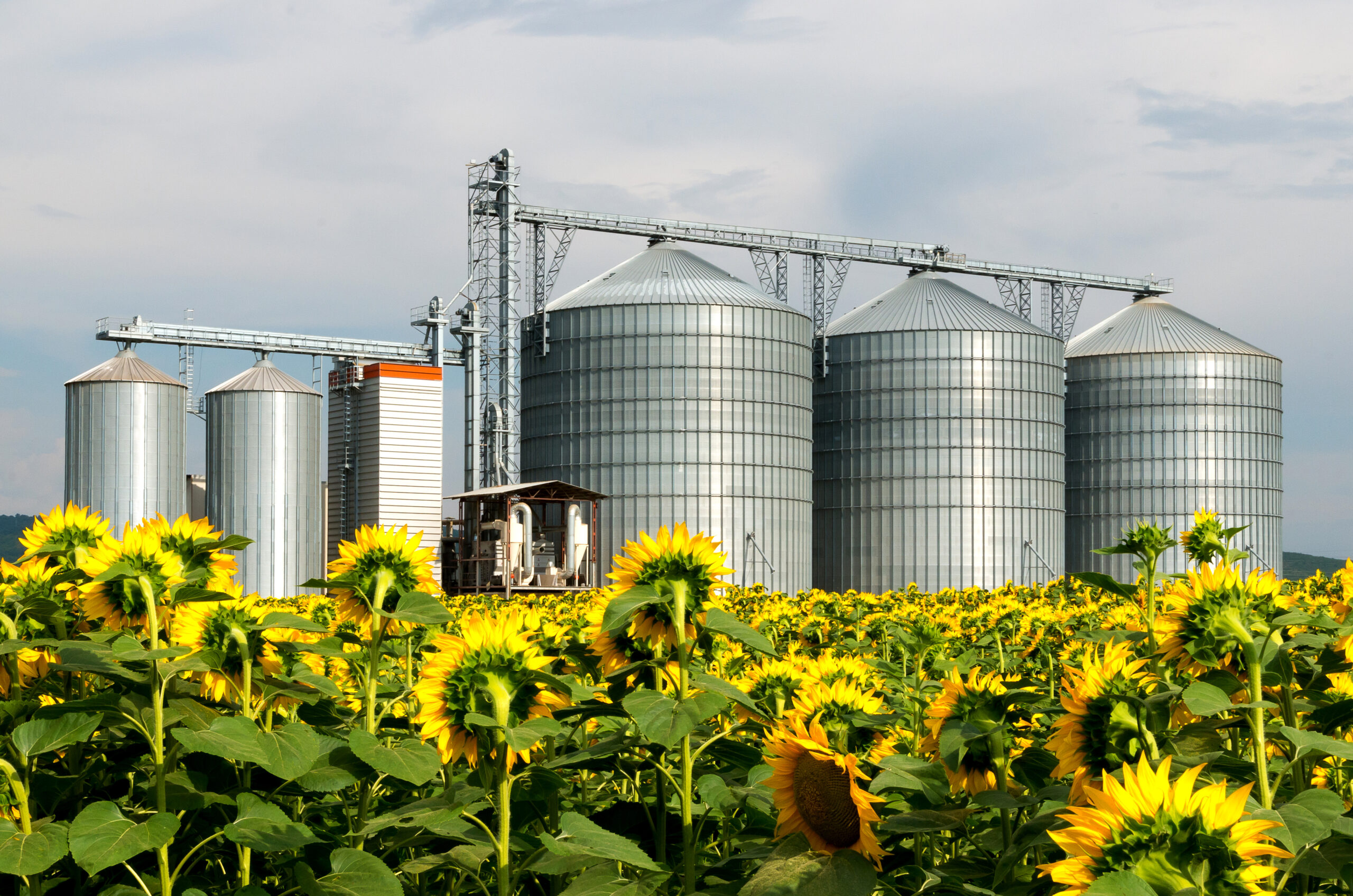The implementation of novel safe and sustainable by design (SSbD) practices for the management of chemicals requires a shift from the established risk control paradigms towards prevention-based approaches at the design stage. Such practices, applied at the earliest stages of innovation and throughout the life-cycle of chemicals, materials and products, could prevent and/or minimise their environmental, health and safety (EHS) and sustainability impacts, and are thus indespensable when it comes to reaching the European Union’s (EU’s) policy targets lays out in the European Green Deal (2019) and the EU Chemicals Strategy for Sustainability (2020).
The EU commission has funded several projects under Horizon 2020, the EU’s research and innovation funding programme from 2014-2020, applying the concepts of SSbD to nanotechnologies, biotechnologies and advanced materials. These projects met Venice, Italy, in September 2022 to discuss their results and provisions pertaining towards SSbD practices at a workshop entitled ‘Safe and Sustainable by Design Paradigms applied to NMs and AdMa’, whose discusisons and results have now been published in a paper entitled ‘Status, implications and challenges of European safe and sustainable by design paradigms applicable to nanomaterials and advanced materials’; it includes insights into the projects’ industrial target sectors, their alignment with the SSbD Framework (published by the EU’s Joint Research Centre in 2022), the identification of the life cycle stages of a (nano)material, the FAIR data management adopted by the projects, and the business models aiming to make the project innovations sustainable.
The paper provides insights into the intersecting industrial domains, the technical and organisational challenges to the practical implementation of the SSbD, and future financial directions in supporting and maintaining the digital products currently under development within the H2020 projects, in order to ultimately enable their uptake by industry and regulators.
The NanoFabNet project, now a registered International Hub for sustainable High-Tech Innovation, contributed to a discussion on the possible establishment of a certification scheme, proposed in the project’s ‘EU 2030 Strategic Plan for Nanofabrication – a NanoFabNet Roadmap’.

The Paper concludes that a well-defined and straightforward approach to account for sustainability aspects within the safety elements is missing, while criteria are still under development.
‘[…] pragmatic instances addressing challenges in the EU strategy for sustainable materials will be revealed, combining state-of-the-art knowledge and methodologies with novel approaches.’
[‘Status, implications and challenges of European safe and sustainable by design paradigms applicable to nanomaterials and advanced materials’, Furxhi et al. (2023)]
It predicts that ‘[i]n the next few years, a shift of the field focus from the conceptualisation of theoretical frameworks (as established from current EU collaborative efforts), towards the realistic implementation will appear and pragmatic instances addressing challenges in the EU strategy for sustainable materials will be revealed, combining state-of-the-art knowledge and methodologies with novel approaches.’
Follow this link to read the full publication (in PDF format).








